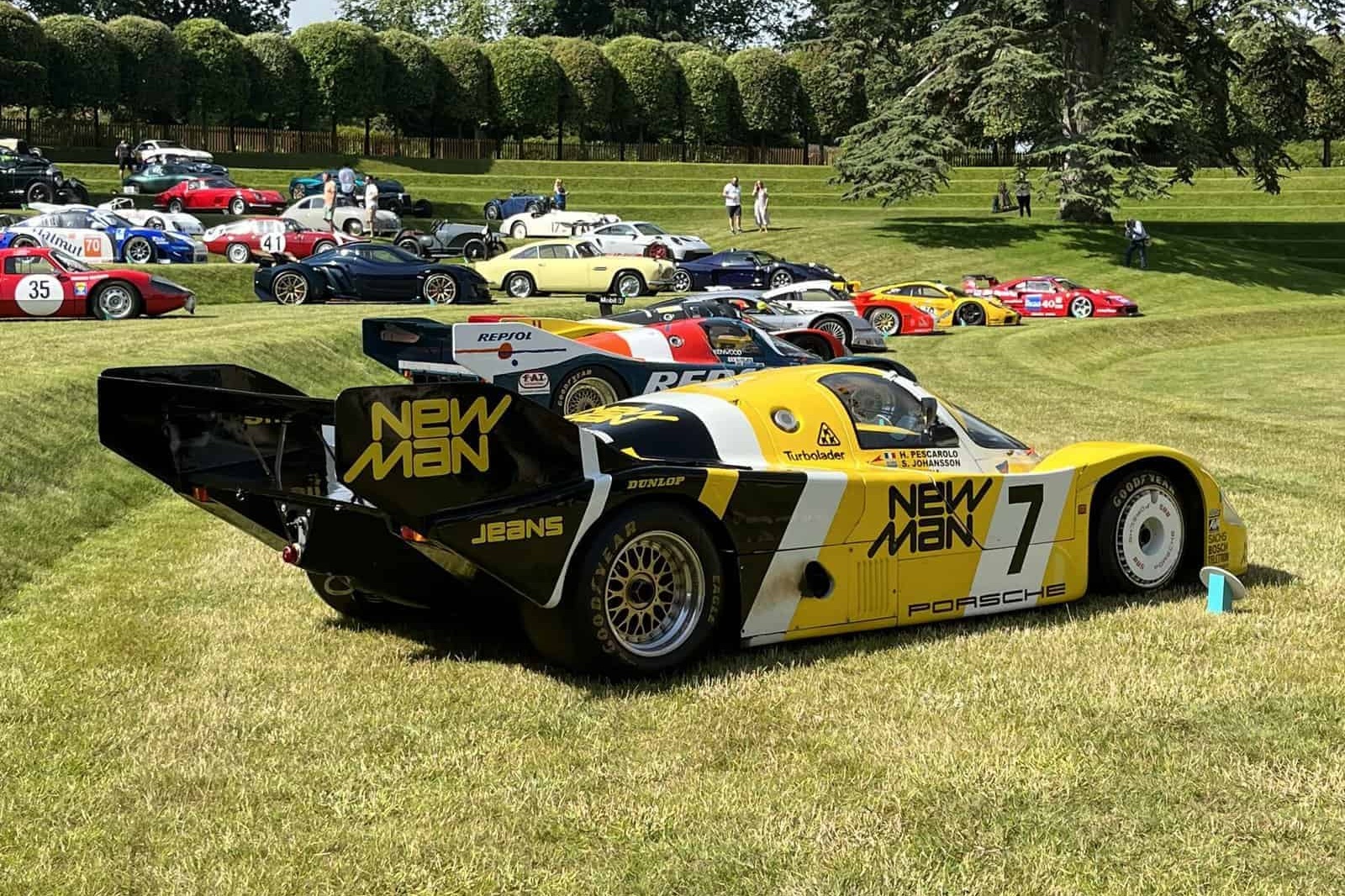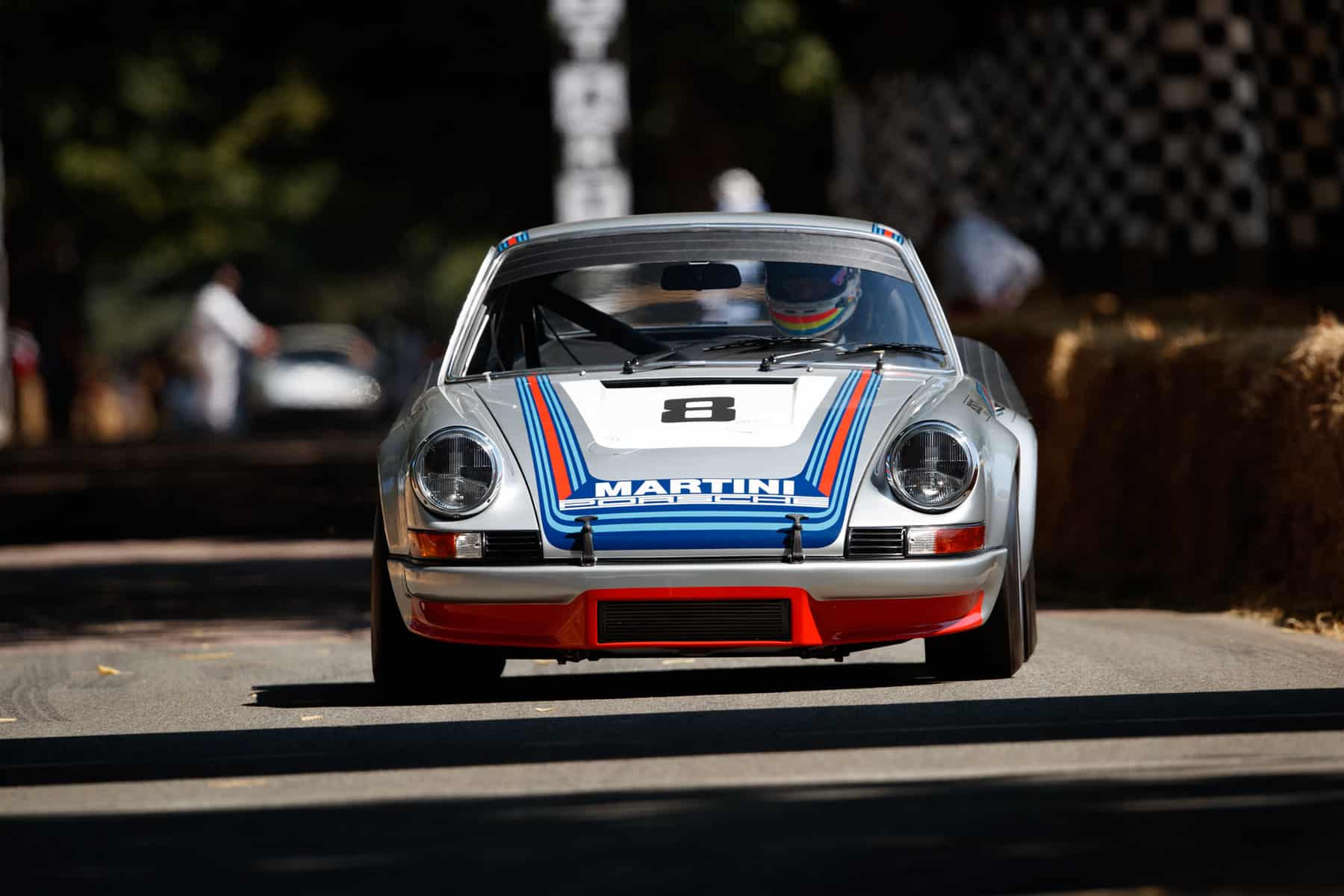Aston Martin DBS C
One of the last Touring masterworks
BY: WOUTER MELISSEN
In the fall of 1966, Touring and Aston Martin showed a brand new two-seater prototype at the major motor shows of London, Paris, and Turin. Tentatively dubbed the “DBS,” it was intended as a V8-engined replacement of the Touring-styled DB6, which itself was an evolution of the DB4 introduced back in 1958.
One year later the production-ready Aston Martin DBS was revealed. Gone were the Touring name trademark Superleggera badges on the engine cover as the production car lines had instead been penned in-house by William Towns. In fact, Touring was gone altogether as the company had ceased operating at the end of January 1967, making the now-rebadged Aston Martin DBS C one of the very last cars produced in the Milan factory.
One of Italy’s most prolific carrozzerie, Touring had been established in 1926 by two lawyers, Felice Bianchi Anderloni and Gaetano Ponzoni, after the two had acquired the assets of Carrozzeria Falco. Ponzoni would take care of the business side of the operation, while Bianchi Anderloni used his experience working for Isotta Fraschini and Peugeot Italia to become the new company’s chief designer. The earliest Touring creations used the Weymann-licensed construction method of a wooden frame covered in fabric. These bodies were fitted mainly to Alfa Romeo and Isotta Fraschini chassis. The company quickly grew in size and hired Giuseppe Seregni, who had actually been trained to be a designer. Among his first designs for Touring was the “Flying Star,” which featured split running boards. Fitted to an Alfa Romeo 6C 1750 GS chassis, it won Best of Show at the 1931 Concorso d’Eleganza Villa d’Este.
In addition to the automobile industry, Touring’s lightweight construction methods were also popular with the burgeoning aircraft industry. For this purpose Bianchi Anderloni devised a new construction method. Instead of the flexible wood used in the Weymann bodies, he created a frame of small-diameter steel tubes. This was welded directly to the chassis of the car and formed a very strong basis for the aluminum panels to be mounted on. To prevent corrosion and vibrations, the metal to metal contact between the panels and the frame were kept to a minimum by wrapping the frame in hessian and the use of rubber spacers. The result was a very light structure that also added further rigidity to the chassis, bearing some of the load as it was welded on. Touring appropriately named and patented the construction method as Superleggera, or super light.
The new construction method also allowed for more design freedom, which Touring explored by creating very slippery bodies. Light and aerodynamically efficient, the Superleggera became the body design of choice of the Alfa Romeo competition department. Touring-bodied Alfa Romeos would dominate the Mille Miglia for many years and a Superleggera 8C 2900 Alfa Romeo held the biggest-ever lead at Le Mans in 1938 until a mechanical failure ended its charge. After the Second World War, Touring also clothed the first Ferraris, including the legendary 166 MM Barchetta, penned by new chief designer Federico Formenti. After his death in 1948, Felice Bianchi Anderloni’s place at the helm of the company had been taken by his son Carlo Felice. In 1956, the Italian coach builder was tasked to create a Spyder body for the Aston Martin DB2/4 Mark II chassis. Shown at the Turin and Paris Motor Shows to universal acclaim, production was surprisingly limited to just three examples.
The seed of a very successful partnership was, however, planted, as Touring was subsequently commissioned by Aston Martin to design the all-new replacement of the long-running DB2 range. Dubbed the DB4, it featured a modern platform chassis and a newly designed 3.7-liter, straight-six engine. Formenti penned the lines to match and an instant classic was born. First shown at the 1958 London Motor Show, the DB4 ensured that Aston Martin in particular hit the 1960s running. In 1963, it evolved into the 4.0-liter DB5, which has been famously used by James Bond in several movies. A second evolution came in 1965 when the DB6 was introduced, which featured a “Kamm” tail. While all three were designed by Touring and constructed following the Superleggera patent, they were actually built at the Aston Martin factory in Newport Pagnell. Touring for their efforts received a licensing fee of £9 for the first five hundred bodies and then £5 for the rest.
Although this arrangement did not seem to make much sense for Touring in retrospect, there was a perfectly sound reason: Touring simply did not have the capacity to also build the Aston Martin bodies during the late 1950s and early 1960s. To ensure that would not be the case again, Carlo Felice Bianchi Anderloni and Ponzoni invested considerable sums of money into expanding the production capacity of the factory in Milan. Sadly, this proved poorly timed as the industry was rapidly moving towards unitary body/chassis construction, which to some extent was a further development of the Superleggera method. With the chassis and bodywork now effectively one and the same piece, the need to outsource the work to specialist coach builders disappeared. As a result, Touring’s commissions during the 1960s quickly dried up. Aston Martin was one of the very last customers, even though company owner Sir David Brown already had his doubts due to the delicate financial situation of Touring.
The initial plan was for an additional, larger model alongside the DB4/5/6 line-up. Known internally as the MP220, it featured a new Harald Beach–designed platform chassis that was intended for a two-door coupe body large enough to seat four people. The creation of the MP220 coincided with the development of a proprietary twin-cam V8 of which the first test engine was constructed in 1965. The help of Touring was called in once again to design the bodywork for the new Aston Martin model. However, at some point this project was suspended by Aston Martin. Most likely, this was the result of rapidly dwindling DB6 sales. What Aston Martin needed was not an additional model but a replacement for the existing range, so the MP220 was shelved temporarily. Instead, priority was given to the related MP226 project: a two-seater coupe that was fitted with independent rear suspension and powered by Tadek Marek’s new V8 engine.
Time was of the essence, so the development was split into two. Back at the Newport Pagnell factory, a shortened version of the Beach platform chassis was created while a pair of modified DB6 chassis were dispatched to Touring to create the show cars needed to test the waters for the new design during the fall of 1966. A crucial difference with the standard DB6 chassis was the use of a DeDion independent rear axle. This had originally been developed for the DB6 from the go but was abandoned in favor of the more straightforward live axle also fitted on the DB4 and DB5. The first example, chassis 266/1/R, was right-hand drive while, as the chassis number reveals, the second, 266/2/L, was left-hand drive. Both were fitted with a Vantage specification engine but the right-hand drive had the superior C-spec engine, which produced another 40 hp for a grand total of 365 hp. Compared with the stock DB6, the 4.0-liter unit was mounted a full 10.5 inches farther back in the chassis. Both cars featured a ZF-supplied five-speed gearbox.
Touring was under the gun as Aston Martin had moved up the timeline for the new machine’s debut by a full year. Considering the difficult financial situation of his company, Bianchi Anderloni did not really have another option but rush the work to meet his important client’s demand. The designs penned by Formenti were nevertheless completely new. Gone were the classic curves of the DB4/5/6, replaced by more modern sharp angles. The nose featured covered headlights with angular trim and a very low mounted grille that only held a passing resemblance to the familiar Aston Martin design. The engine cover was equipped with a full-width air intake. The flanks had a slightly raised belt-line and subtle vents behind the front wheels and in the C-pillars. As a lovely nod to the “fastback” design used by the DB2s during the 1950s, the MP266 show cars boasted a full-length boot-lid that included the rear window. Circular taillights were fitted.
The left-hand drive car was the first to break cover, at the Earls Court for the 1966 London Motor Show. It was dubbed the DBS, which suggested it was not necessarily intended as a replacement for the DB6 but instead a separate, limited production model. Chassis 266/1/R was then shown at the Turin Motor Show and a DBS also appeared in Paris. It did not receive the same rave reviews as the DB4 had a decade earlier. There were also issues with the car that made it not particularly suited for production, even in limited numbers. The engine, for example, sat so far back in the chassis that it had to be pulled out to remove the cam covers. Regardless, it was a superior car in almost every way to the DB6 it had been derived from. The modifications to the chassis meant that it handled better, weighed a staggering four hundred pounds less, and was also considerably lower and shorter than the DB6.
While an initial run of six examples had been planned, Touring’s impending demise prompted David Brown to cease the development of the MP220 and MP226 Aston Martins indefinitely. What emerged from the Aston Martin works instead towards the end of 1967 was an altogether different DBS. Designed by William Towns, it would lay the foundation for a whole new generation of Aston Martins. It was still powered by the tried and trusted straight-six engine as the all-new V8 was still under development. It was produced alongside the DB6 for several years and the V8 model eventually appeared in 1969. To avoid any confusion, the two Touring show cars produced in 1966 were dubbed the DBS C. It is still unclear what the C was actually short for but a cynic could suggest it stood for cancelled. The two cars were sold to private custodians and have survived in remarkably original condition. The right-hand drive car was owned by the same enthusiasts for forty years before it was auctioned in 2009 and the sister car was shown in the preservation class of the 2017 Pebble Beach Concours d’Elegance.
Shuttering Touring must have been devastating for Carlo Felice Bianchi Anderloni and Federico Formenti with the two having created many masterpieces during their nearly two decades working together. Men of their talent were fortunately still in high demand and both were appointed to senior positions in Alfa Romeo’s design department. Bianchi Anderloni carefully guarded the Touring Superleggera trademark and the name finally returned as Carrozzeria Touring Superleggera during the 2000s with the help of Belgian and Dutch backers. The company has since produced several one-offs and limited production models based on a variety of high-performance machines. An Aston Martin has not been among them yet but the British company did recognize its shared heritage with Touring in 2018 by naming their range-topping model the DBS Superleggera. Considering the history of the original Superleggera–badged DBS, this is, at best, more than a little ironic.
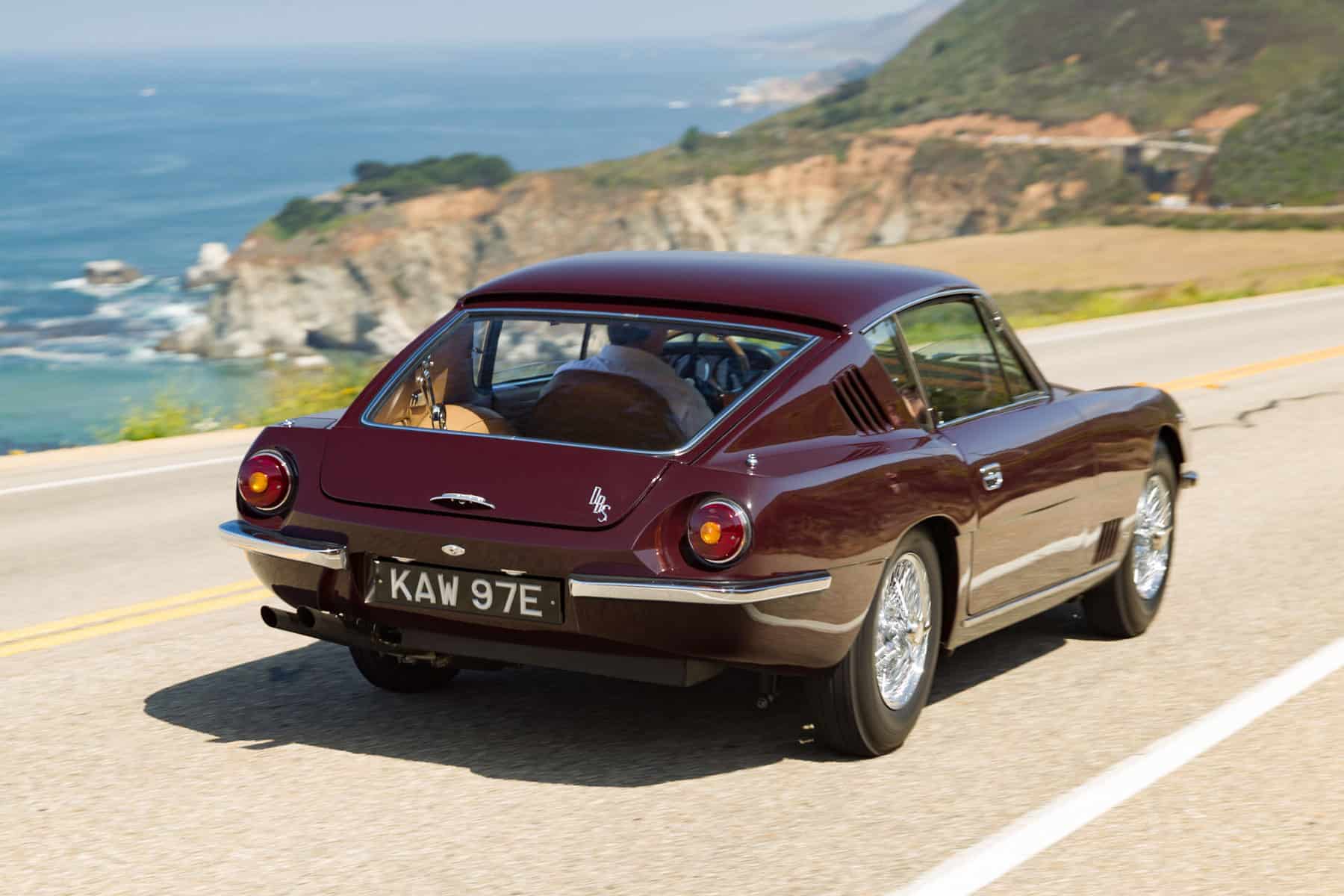

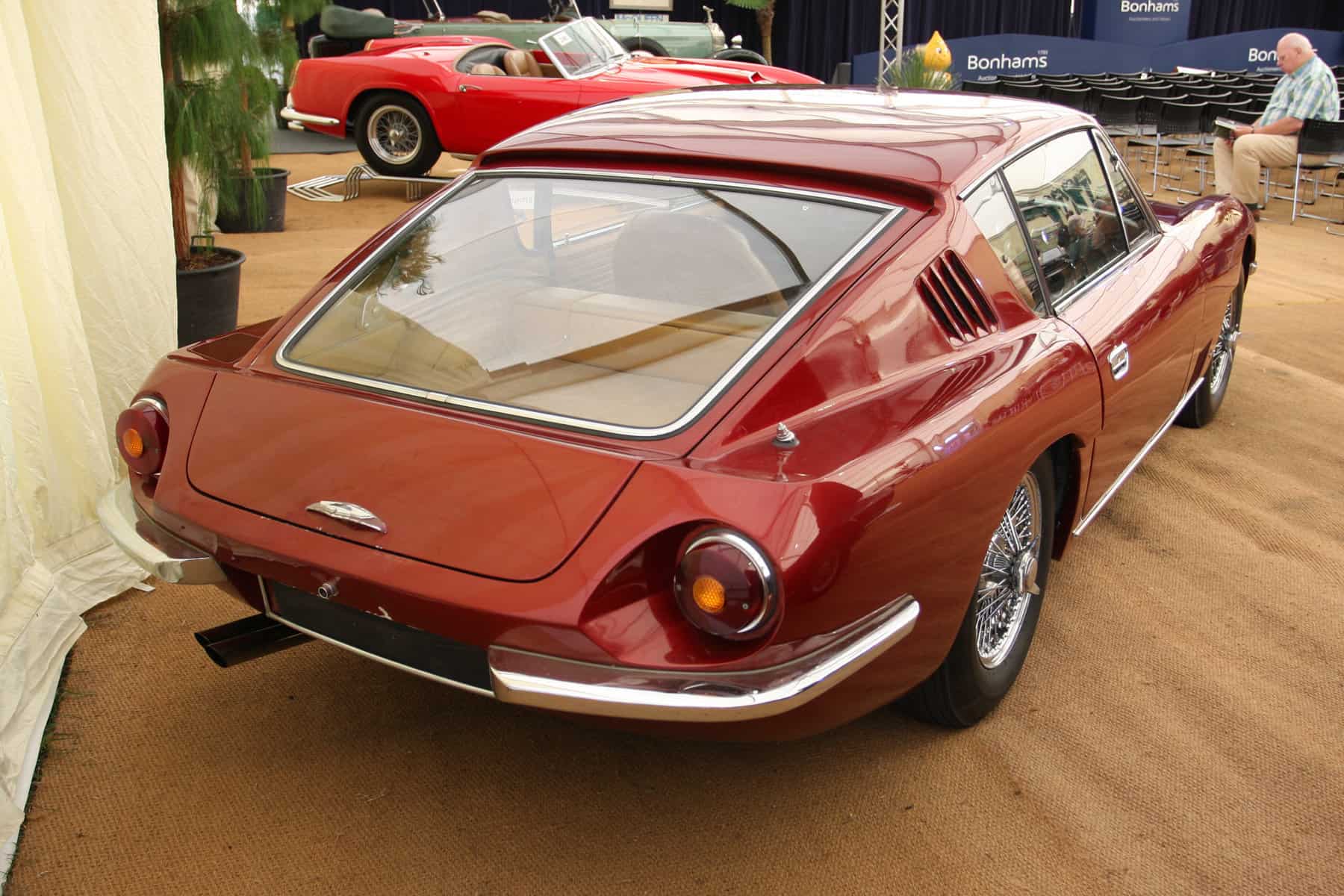
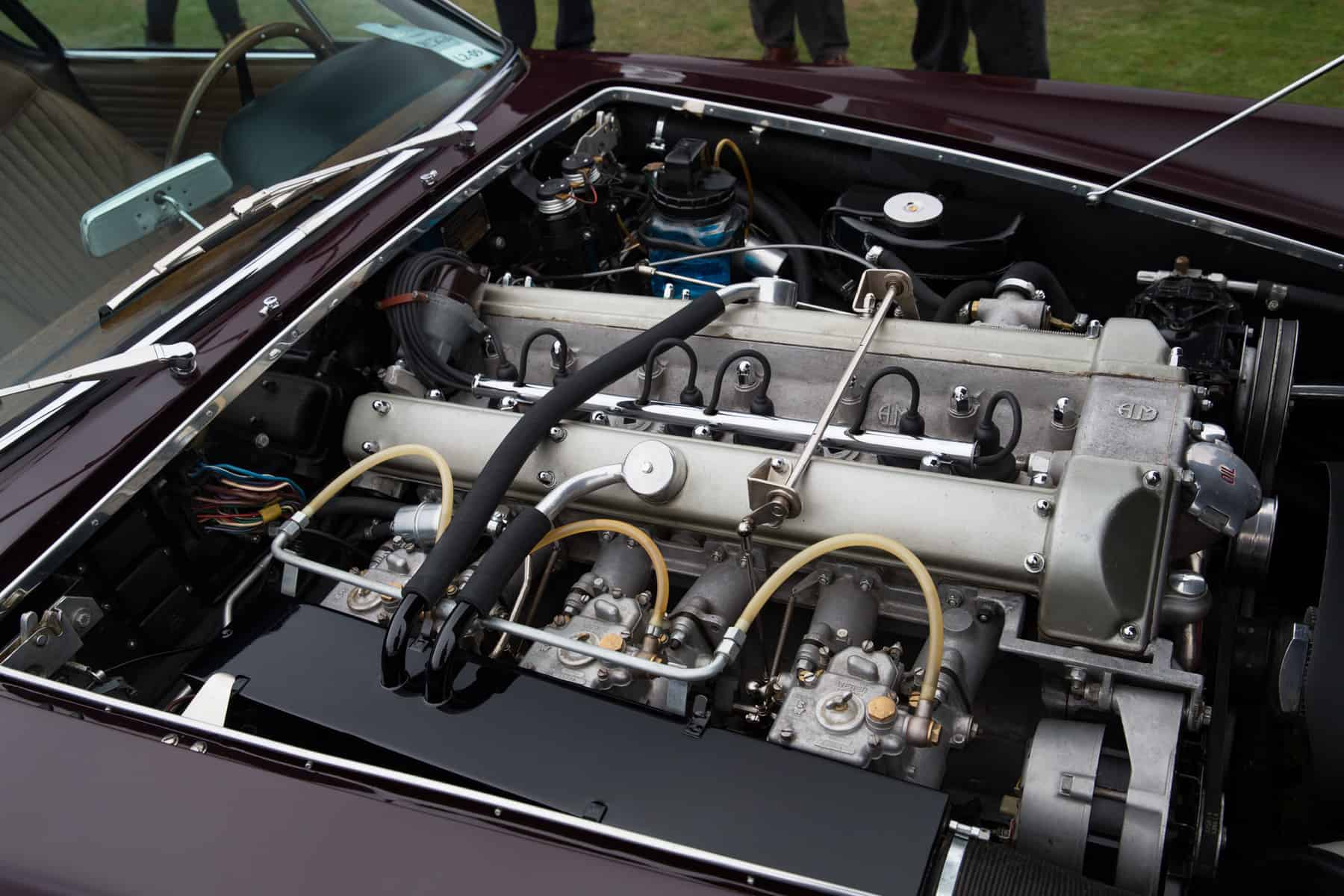
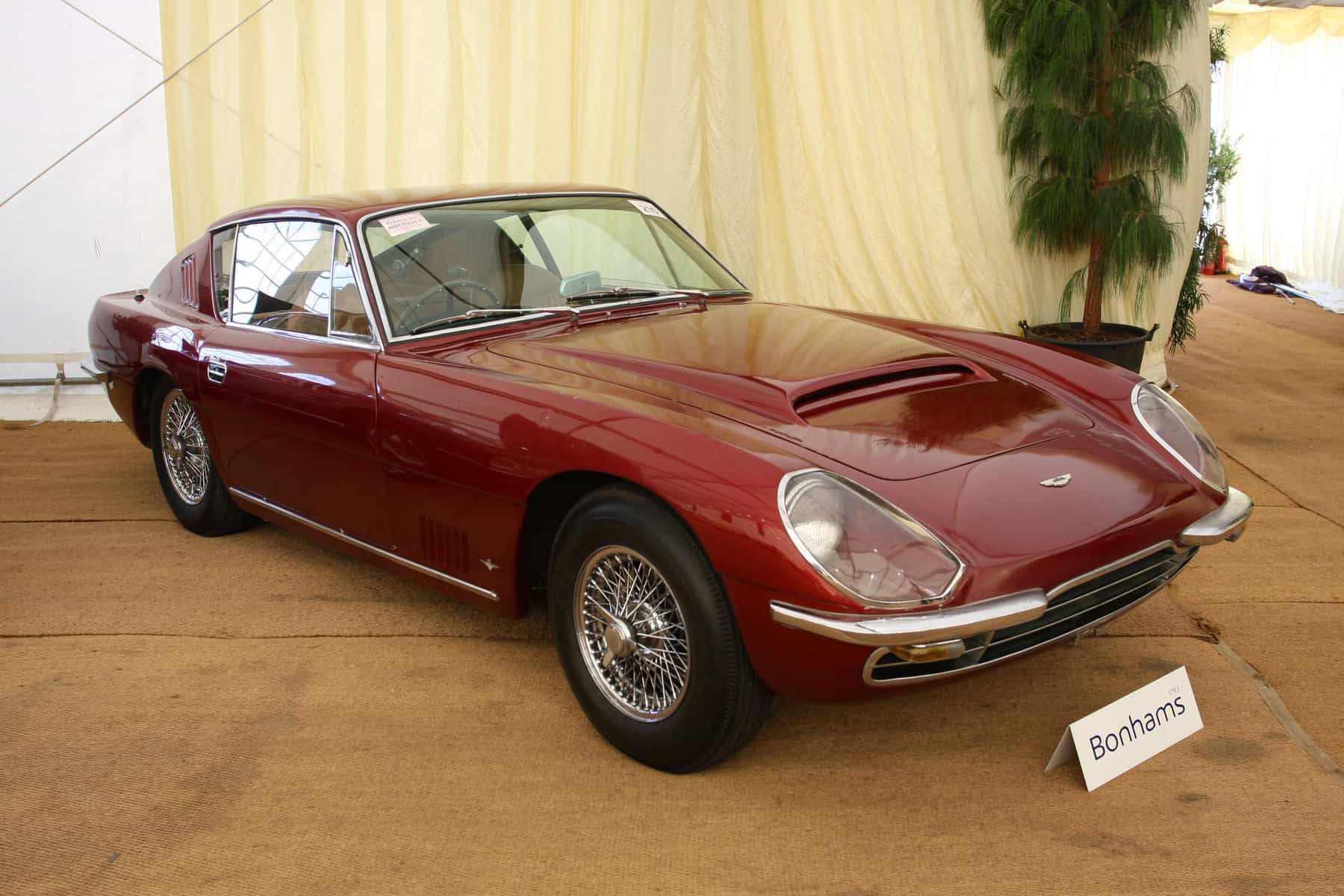
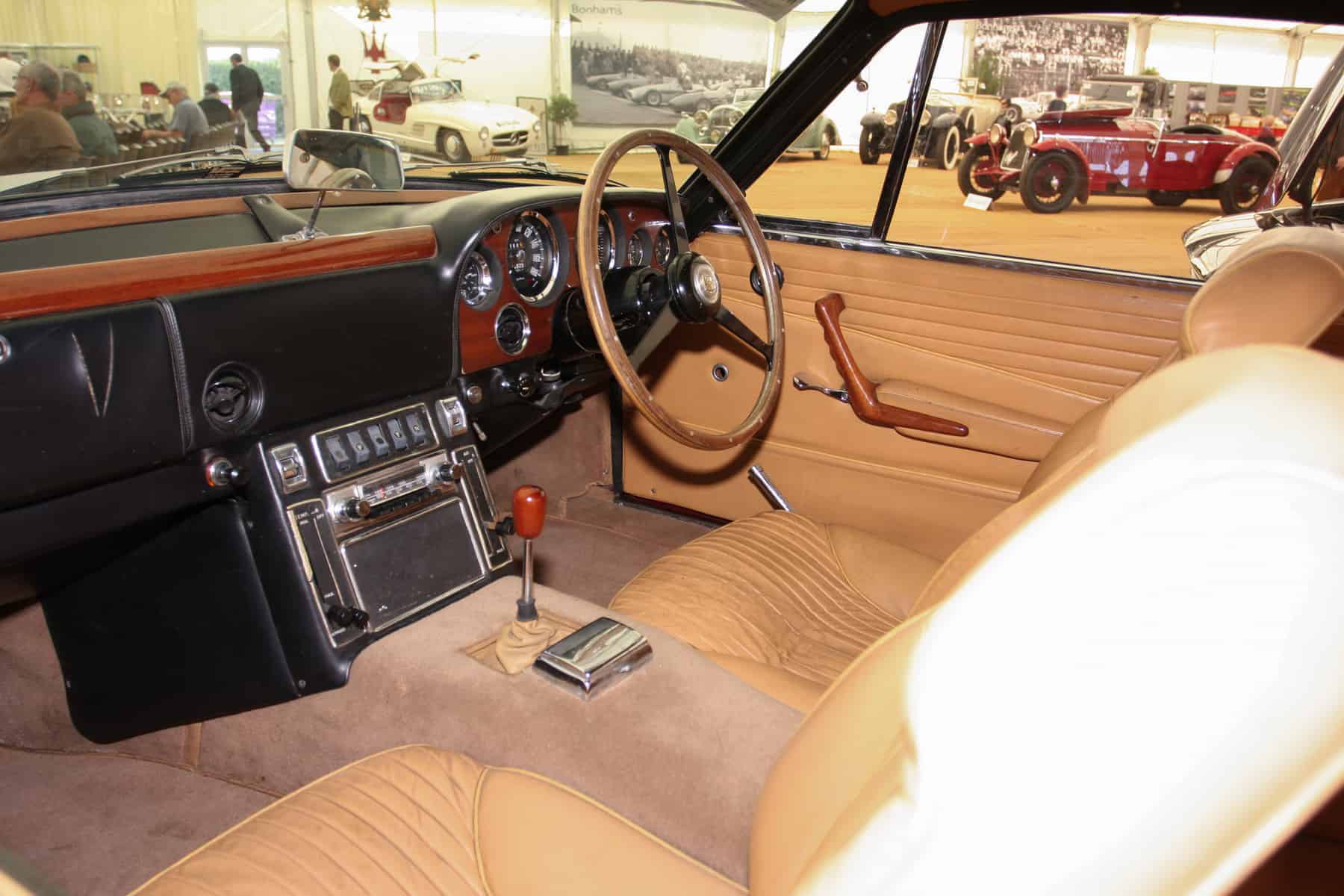
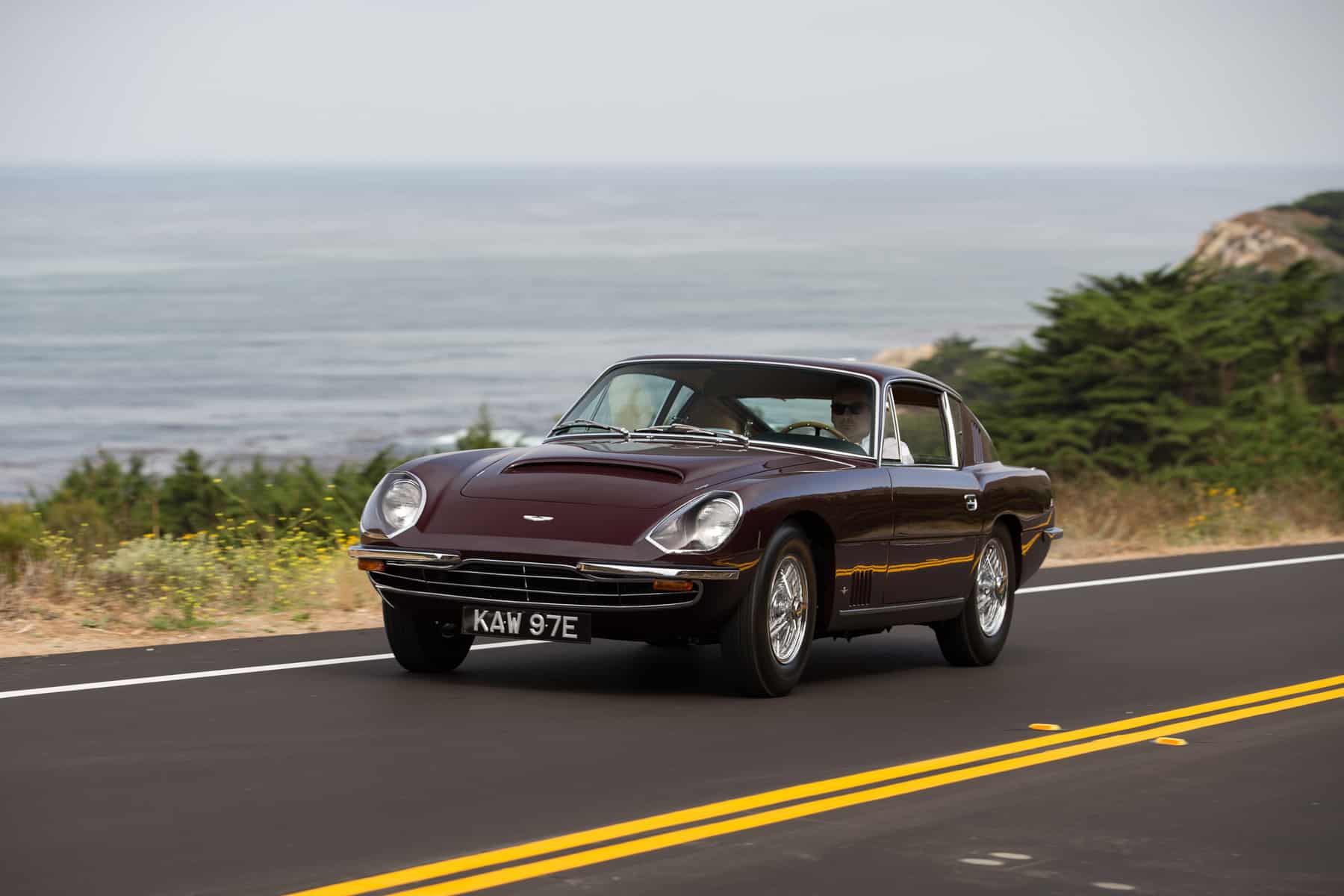


![alfa gtz perfectly imperfect webannerl[1]](https://automedia.revsinstitute.org/wp-content/uploads/2024/08/Alfa-GTZ-Perfectly-Imperfect-webannerl1-uai-1200x800.jpg)
